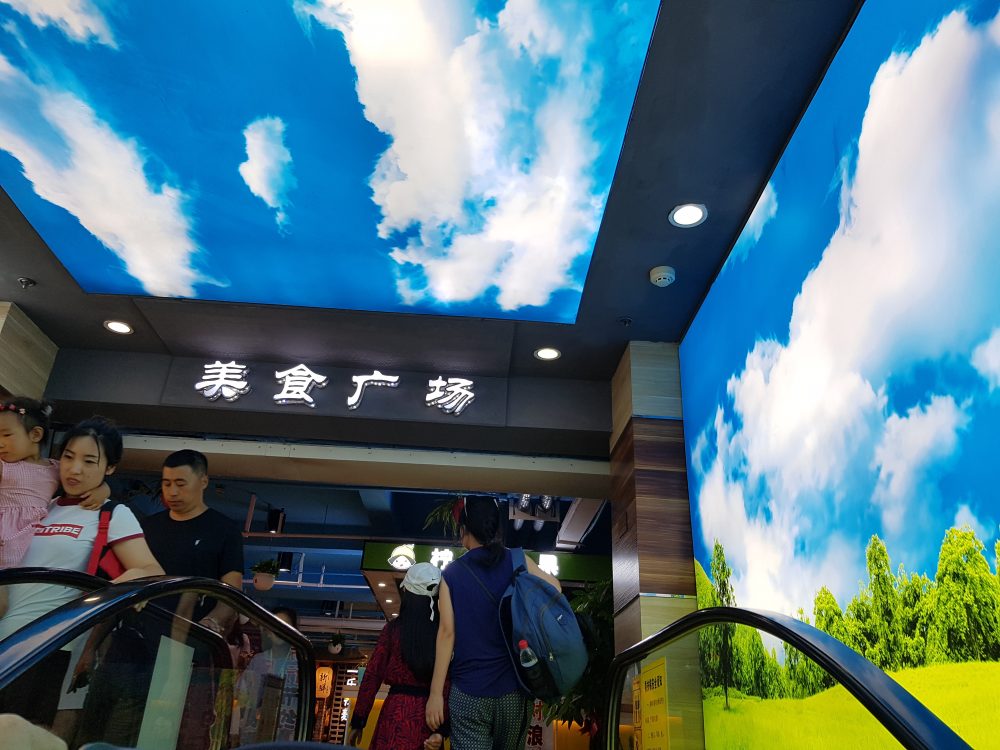Reference: Dery, K., Kolb, D., & MacCormick, J. (2014). Working with connective flow: how smartphone use is evolving in practice in European Journal of Information Systems, 23(5), 558-570
Main idea: This article highlights on the use of smartphones and their impact on people’s daily lives and lives at work.
Summary:
Nowadays, the presence of smartphones has impacted individuals in both the work and non-work place, since they have managed to make their way into our daily lives. Working people don’t really find it easy for themselves to detach from the use of these devices and thus don’t know how to enjoy what is really going on around them anymore. The ease of use of these devices as well as their ease of mobility is what contributed to people becoming more and more attached to their screens. It is now difficult to disconnect from work even if the person was not physically present at the office. As mentioned in the article, “workers find themselves faced with the decision of if, when and how much to “switch off” from work to participate in family, community, and, other non-work activities, including sleep, rest and relaxation”.
When it comes to smartphones and work, the article highlights the different behaviors from smartphone users since each person wants things done differently. Some viewed the emergence of smartphone as a contributor to increased productivity outside of the work place, where information can still be passed on at any time and any place. Although it was positively viewed by some, others found their lives being taken over by these devices especially with the emergence of the “blackberry” where individuals started to form a sort of addictive behavior, or what was known as “crackberry”.
What is highlighted in this article is the term “agency” which is a term used to explain individual free-will on when, why and how a person uses the device, so the main research question for this study was “how do smartphone users enact choice (agency) to connect and disconnect in a mobile enabled world” and the study was to be further adopted 5 years later in order to analyze how the responses to these questions changed over time. A small sample case study from within the research division of a global financial services company called URD; Urbis Research Division, was studied over two time periods. One study took place in year 2006 and the other took place in year 2011. And why this choice of the five year gap? The first study was done at a time where implementation of the smartphone into the work place was being introduced, to get an initial picture of how would things evolve, and the second study was done at a time where smartphones have already been integrated in the work place. Semi-structured interviews were conducted with members of the Urbis team, more importantly, employees who have already received their black berry phones at the work place to study the user experience of the smartphone and its impact on the participants jobs and how they manage work and non-work activities.
In 2006, the blackberry phone was largely restricted to email delivery; no internet and search data capacity. Moreover, some people were scared by the idea of being too available and still preferred their PC’s. In addition to that, there was the notion of an increase in organizational demand for higher responsiveness and performance which required a higher level of connectivity within and beyond the workplace. There was an increase in working hours since people now work also afterhours from home and are always available to reach by email, but also the flexibility of out-of-office hours, and the ties with office space led more time to engage in family issues and personal events. In 2011, five years after the blackberry was fully integrated into the work system, we notice the rise of social media, the rise of available data online and mobile application which led to the use of another separate smartphone or mobile phone for personal use different than the one used for work purposes. Moreover, some others started using their personal smartphones for work purposes in order to perform at high levels both personally and professionally. However, there was still high demand from the organization to be available which provoked feelings of resentment and stress from the individual. Ironically for some others, disconnecting sometimes created anxiety and instability in wanting to know what is happening at work even when they’re not actually physically present at the office.
